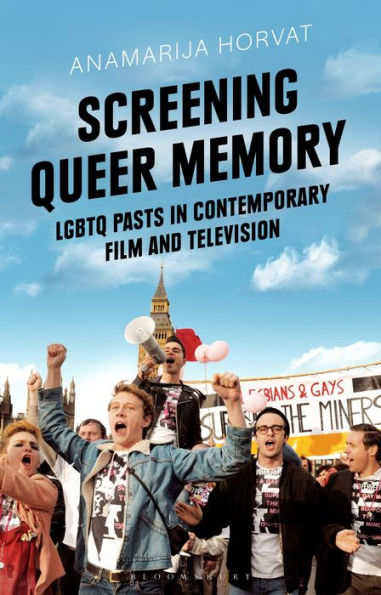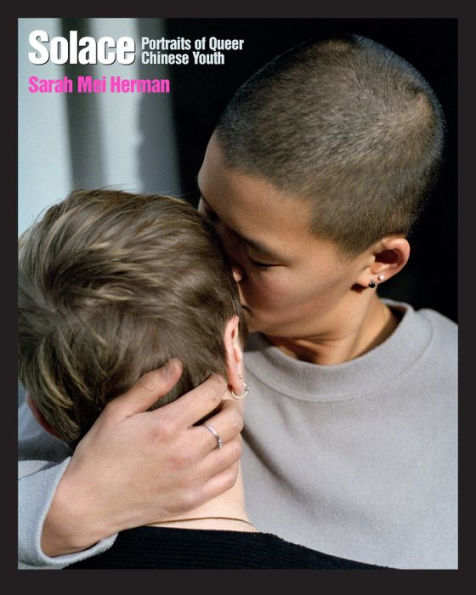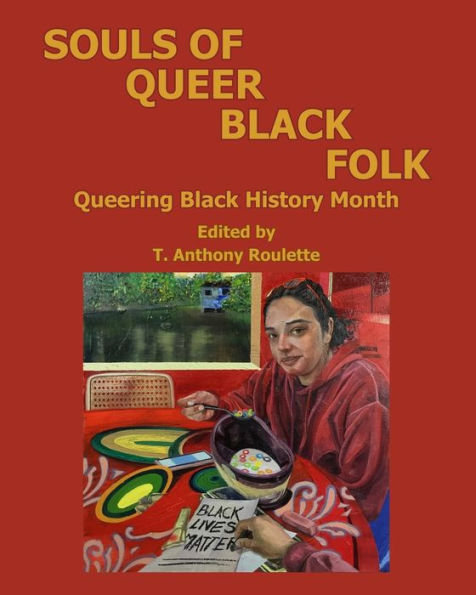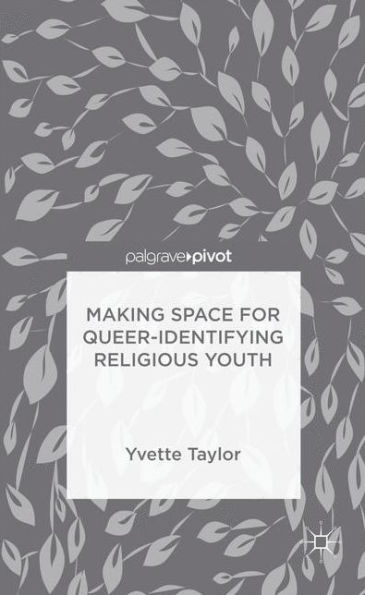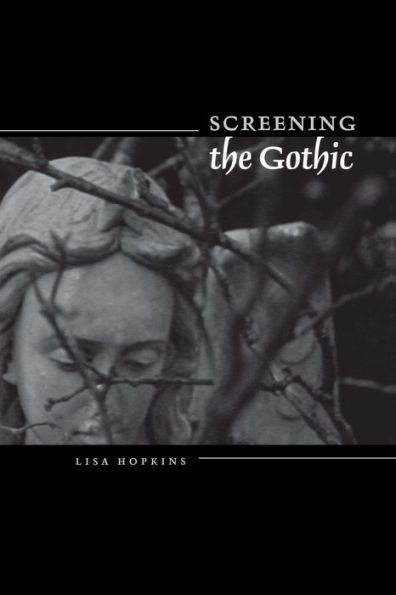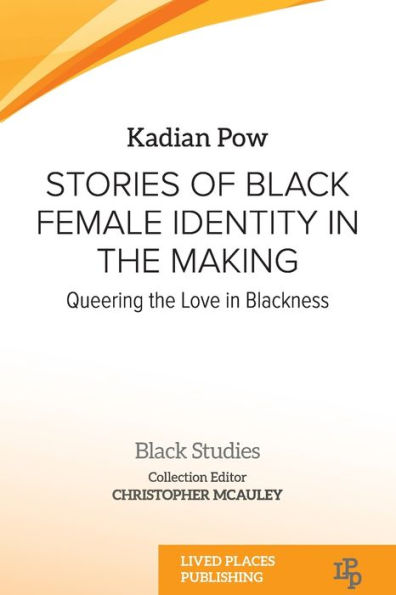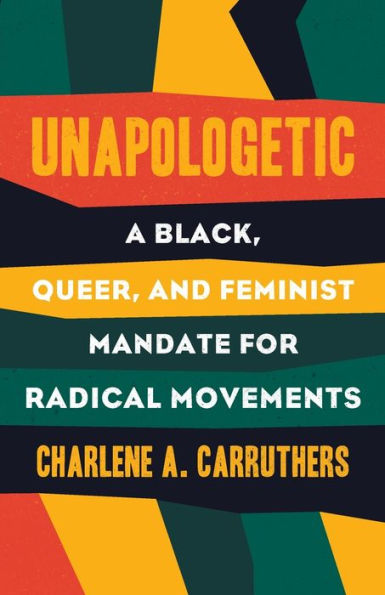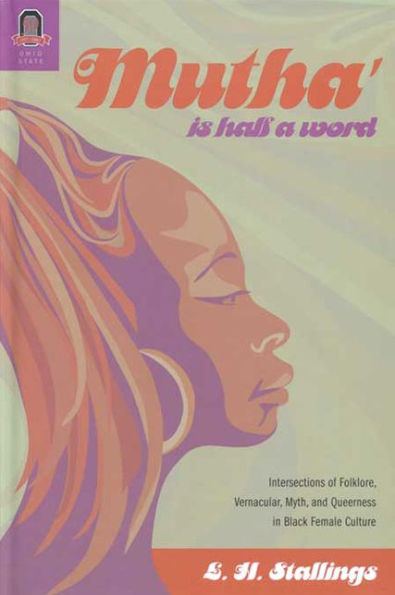Home
Moonlight: Screening Black Queer Youth
Barnes and Noble
Loading Inventory...
Moonlight: Screening Black Queer Youth in Bloomington, MN
Current price: $68.99

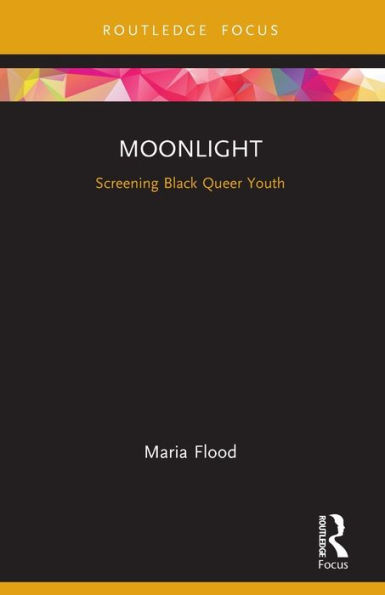
Moonlight: Screening Black Queer Youth in Bloomington, MN
Current price: $68.99
Loading Inventory...
Size: Hardcover
This book helps readers understand
Moonlight
’s profound political and social importance, the innovative technical choices adopted by director Barry Jenkins and the film’s adoption and disruption of traditional coming-of-age themes through the specific prism of Chiron’s childhood and youth.
Moonlight (2016) is an intensely moving and poetically rendered coming-of-age story about a young gay Black boy, Chiron. Highly praised by both critics and audiences internationally, it garnered a surprise Best Picture win at the 2017 Academy Awards, enshrining its significance within a global cinematic canon. This book provides an account of how
can be situated in relation to African American youth films, contemporary queer cinema and its appeal to the youth market and representations of non-normative childhood and adolescence. It analyses the reception of
in terms of its form and profound emotional impact on spectators offerning new visions of African American boyhoods while also contributing an extended exploration of the social and political context of the film
in relation to Obama, Trump and diversity in filmmaking.
Highlighting to students and scholars the powerful emotional pull of
and why it is a highly significant film, this book is ideal for those interested in critical race studies, queer theory, youth cinema, African American cinema and LGBTQ cinema.
Moonlight
’s profound political and social importance, the innovative technical choices adopted by director Barry Jenkins and the film’s adoption and disruption of traditional coming-of-age themes through the specific prism of Chiron’s childhood and youth.
Moonlight (2016) is an intensely moving and poetically rendered coming-of-age story about a young gay Black boy, Chiron. Highly praised by both critics and audiences internationally, it garnered a surprise Best Picture win at the 2017 Academy Awards, enshrining its significance within a global cinematic canon. This book provides an account of how
can be situated in relation to African American youth films, contemporary queer cinema and its appeal to the youth market and representations of non-normative childhood and adolescence. It analyses the reception of
in terms of its form and profound emotional impact on spectators offerning new visions of African American boyhoods while also contributing an extended exploration of the social and political context of the film
in relation to Obama, Trump and diversity in filmmaking.
Highlighting to students and scholars the powerful emotional pull of
and why it is a highly significant film, this book is ideal for those interested in critical race studies, queer theory, youth cinema, African American cinema and LGBTQ cinema.
This book helps readers understand
Moonlight
’s profound political and social importance, the innovative technical choices adopted by director Barry Jenkins and the film’s adoption and disruption of traditional coming-of-age themes through the specific prism of Chiron’s childhood and youth.
Moonlight (2016) is an intensely moving and poetically rendered coming-of-age story about a young gay Black boy, Chiron. Highly praised by both critics and audiences internationally, it garnered a surprise Best Picture win at the 2017 Academy Awards, enshrining its significance within a global cinematic canon. This book provides an account of how
can be situated in relation to African American youth films, contemporary queer cinema and its appeal to the youth market and representations of non-normative childhood and adolescence. It analyses the reception of
in terms of its form and profound emotional impact on spectators offerning new visions of African American boyhoods while also contributing an extended exploration of the social and political context of the film
in relation to Obama, Trump and diversity in filmmaking.
Highlighting to students and scholars the powerful emotional pull of
and why it is a highly significant film, this book is ideal for those interested in critical race studies, queer theory, youth cinema, African American cinema and LGBTQ cinema.
Moonlight
’s profound political and social importance, the innovative technical choices adopted by director Barry Jenkins and the film’s adoption and disruption of traditional coming-of-age themes through the specific prism of Chiron’s childhood and youth.
Moonlight (2016) is an intensely moving and poetically rendered coming-of-age story about a young gay Black boy, Chiron. Highly praised by both critics and audiences internationally, it garnered a surprise Best Picture win at the 2017 Academy Awards, enshrining its significance within a global cinematic canon. This book provides an account of how
can be situated in relation to African American youth films, contemporary queer cinema and its appeal to the youth market and representations of non-normative childhood and adolescence. It analyses the reception of
in terms of its form and profound emotional impact on spectators offerning new visions of African American boyhoods while also contributing an extended exploration of the social and political context of the film
in relation to Obama, Trump and diversity in filmmaking.
Highlighting to students and scholars the powerful emotional pull of
and why it is a highly significant film, this book is ideal for those interested in critical race studies, queer theory, youth cinema, African American cinema and LGBTQ cinema.

